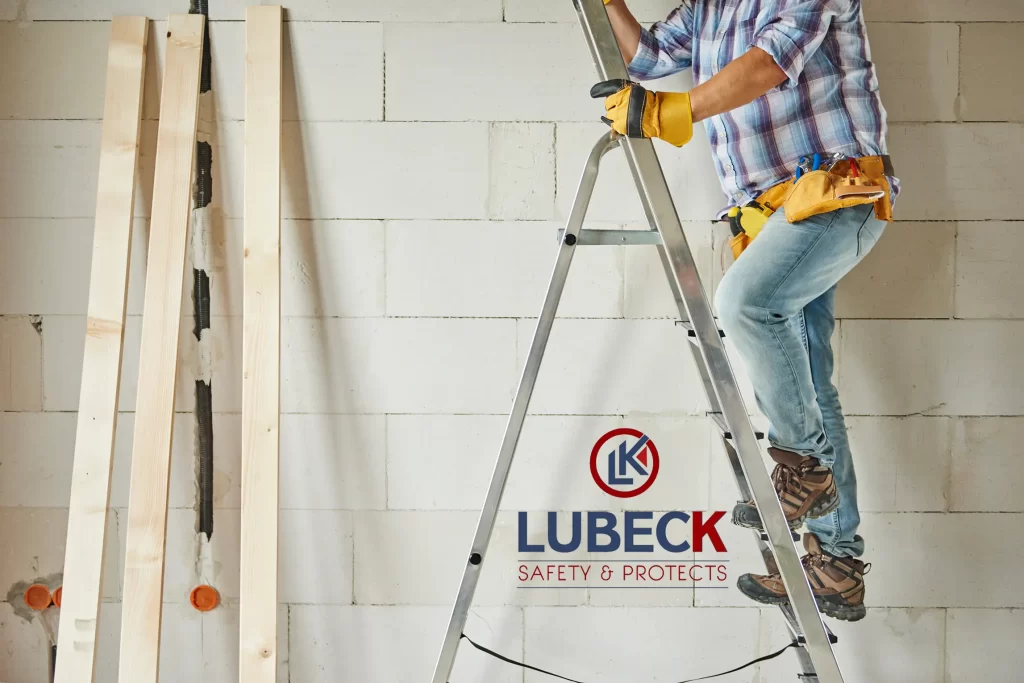- +916235962803
- info@lubecksafety.com
Tripod systems for safety wear, particularly in fall protection, confined space entry, and rescue operations. These systems are commonly used in construction, mining, and industrial settings to ensure worker safety.
Key Components of a Tripod Safety System
Uses of Tripod Safety Systems
✔ Confined Space Entry – Safe access to tanks, sewers, or manholes.
✔ Rescue Operations – Lifting injured workers out of hazardous areas.
✔ Fall Protection – Prevents workers from falling into deep shafts or pits.

A confined space is defined as a work environment with limited or restricted entry and exit, typically characterized by access points smaller than 24 inches in diameter. All job sites classified as confined spaces must be equipped with OSHA-approved rescue equipment to ensure the safe retrieval of employees who may be unable to exit the hazardous area without assistance.
Over the years, our vendor partners have introduced numerous innovative fall protection and confined space rescue and descent products, many of which have become industry standards. Each of our rescue and descent systems is designed in close collaboration with end-users to address specific application needs. This approach ensures enhanced comfort, greater productivity, and full OSHA compliance, prioritizing worker safety at heights.
For decades ,Lubeck Safety is a authorised distributor for multi national brands providing general safety equipment for industrial use, protective personal wear, head protection and safety shoes, road safety products, PPE and many more safety products and safety equipment serving Oil and gas , construction , marine and aviation industries .We invite you to take a look around our website and learn more about our products and the organization behind the brand.
For decades ,Lubeck Safety is a authorised distributor for multi national brands providing general safety equipment for industrial use, protective personal wear, head protection and safety shoes, road safety products, PPE and many more safety products and safety equipment serving Oil and gas , construction , marine and aviation industries .We invite you to take a look around our website and learn more about our products and the organization behind the brand.
©2021. Lubeck Safety. All Rights Reserved.
WhatsApp us